Statistics is one such field that touches lives in various ways today. Starting from daily routine jobs at home to business needs involving the way cities run, statistics and its effects are felt almost everywhere.
What is Statistical Analysis?
By definition, it is the science of gathering, exploring as well as presenting large volumes of data in order to discover the underlying trends and patterns. Statistics are generally applied in our day to day life, in industry, government and research, which makes it easier to take scientific decisions. For instance, the manufacturing industry and the service industry utilize statistics in almost everything. Right from the need of statistics for weaving quality for delivering the best fabric to having data for delivering the best in airline industry, there is hardly any industry that can work without statistical analysis.
Likewise, researchers can keep kids healthy with the help of statistics used for analyzing data collected from hospitals. Moreover, data collection from use of vaccines can be analyzed to ensure safer and more efficient vaccines for the future. Communication companies also use statistics for optimizing network resources, improving service, and reducing customer churn by developing better insight to the requirements of subscribers. Even government agencies worldwide rely on statistics to gain a clear understanding of respective countries, businesses and people.
To become a SAS professional, one has to take SAS training. There are different certification programs to help learners in this regard.
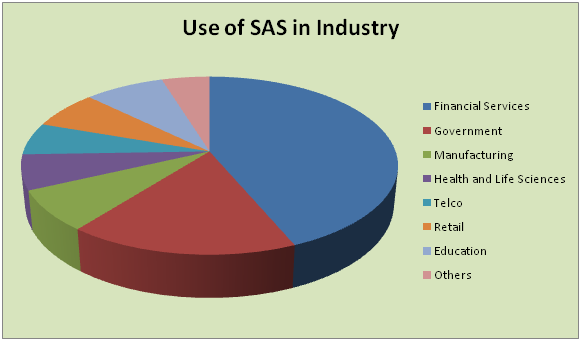
Statistical Computing – The New Dimension
Conventional methods involved in statistical analysis, such as data sampling and data interpretation, have further been used by researchers and scientists for thousands of years. However, data volume in the recent times makes statistics more powerful and valuable. Powerful computers, affordable storage and latest algorithms have contributed to better use of diverse computational statistics.
Whether your work involves multiple permutations of calculation or large volume of data, statistical computing is one essential element for statisticians today. There are some popular methods of statistical computing noted below:
- Statistical Programming: Statistical programming is the basis of SAS including conventional variance analysis as well as linear regression. With methods like statistical visualization and regression, statistical programming is needed to come to data-based decisions in all fields.
- Operations Research: It helps users identify actions that can produce better results based on several possible outcomes and options. Scheduling, related modeling and simulation processes are utilized for optimizing management challenges and businesses processes.
- Econometrics: An essential part of SAS training that helps you learn and implement forecasting, modeling and simulating different businesses processes for overall improved tactical and strategic planning. With this method, it is possible to apply statistics to economics and forecast trends for the future.
- Matrix Programming: Potent computer techniques to implement statistical methods as well as exploratory data analysis with the help of row operations algorithms.
- Statistical Quality Improvement: This is a mathematical technique to review the safety and quality of characteristics of different aspects of production.
- Statistical Visualization: Fast and interactive statistical analysis with exploratory capabilities in visual interface to comprehend data and build models.
- High-performance Statistics: For greater data challenges, parallel-processing and in-memory infrastructures can fit all predictive models much faster, use complication techniques for better results, and perform modeling iterations.
Career in Statistical Analysis
Statistical Analysis training can lead to a successful career in the field of SAS provided that individuals have the knack to work hard. Because this field is vast, it requires technical expertise to excel. When right services are delivered to the right group of people on time, SAS can deliver more than expected. SAS provides few industry-leading operational analytics that can redefine ways of managing various aspects of process optimization, forecasting and planning, reporting, data management, data quality, and performance measurement.
Find a course provider to learn SAS
Java training | J2EE training | J2EE Jboss training | Apache JMeter trainingTake the next step towards your professional goals in SAS
Don't hesitate to talk with our course advisor right now
Receive a call
Contact NowMake a call
+1-732-338-7323Enroll for the next batch
SAS Certification Course
- Dec 15 2025
- Online
SAS Certification Course
- Dec 16 2025
- Online
SAS Certification Course
- Dec 17 2025
- Online
SAS Course Online Training
- Dec 18 2025
- Online
SAS Course Online Training
- Dec 19 2025
- Online
Related blogs on SAS to learn more
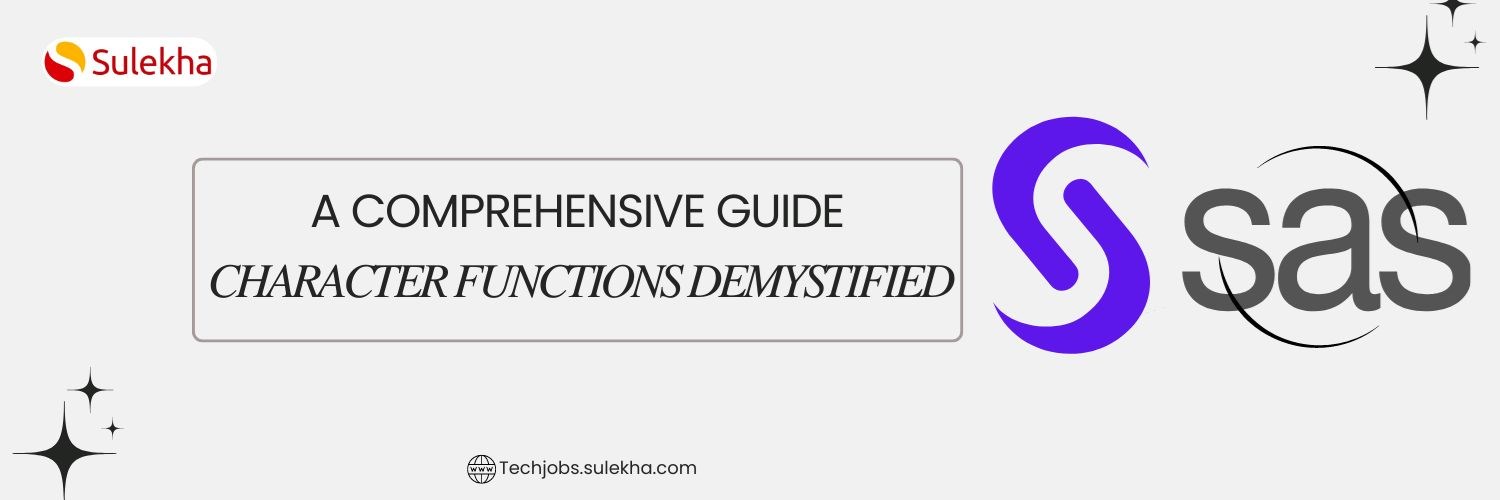
SAS Character Functions Demystified: A Comprehensive Guide
Master the power of SAS character functions and learn how to streamline your data processing tasks.
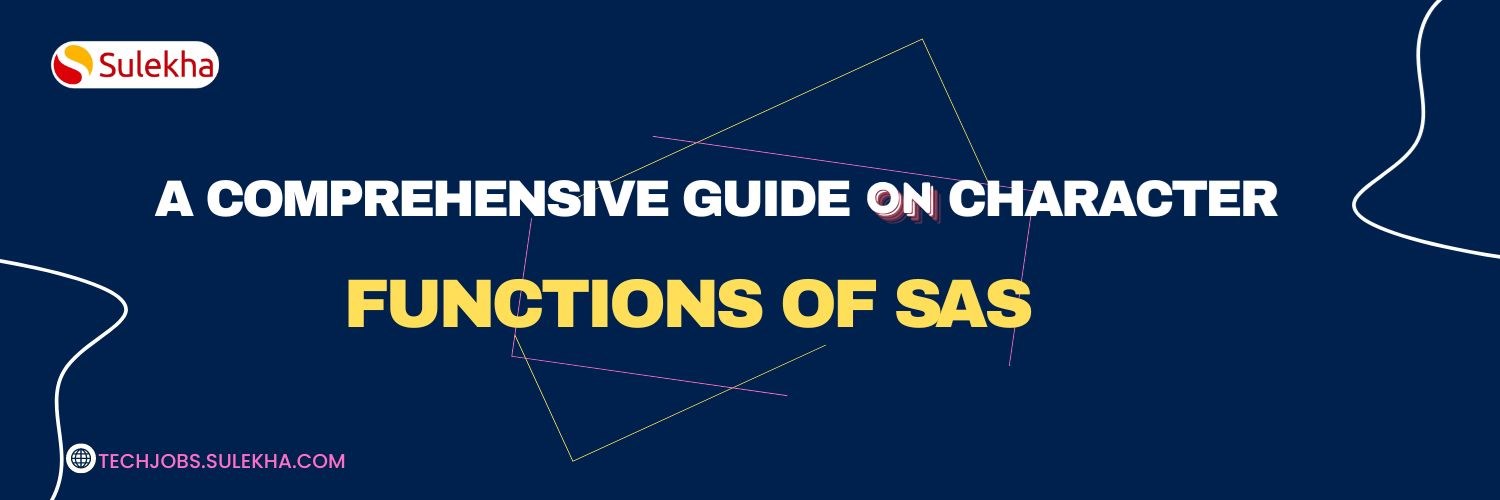
A Comprehensive Guide on Character Functions of SAS
Now we shall discuss a Comprehensive Guide on Character Functions of SAS in detail.
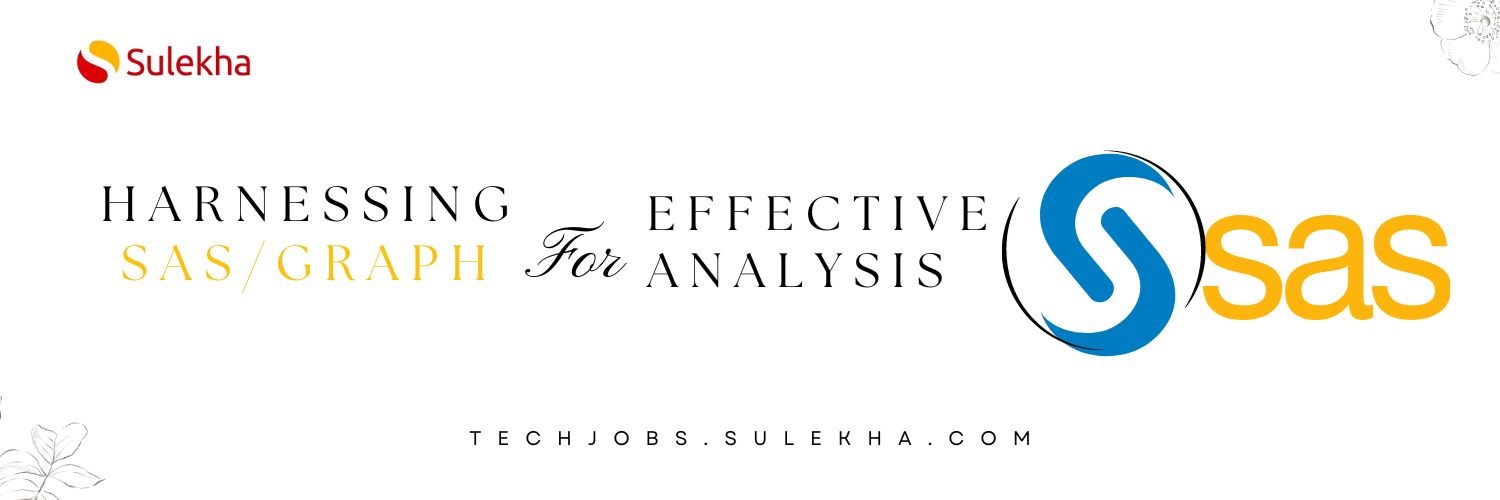
From Data to Graphs: Harnessing SAS/GRAPH for Effective Analysis
Learn how to effectively analyze and present your data with this comprehensive guide to SAS/GRAPH.
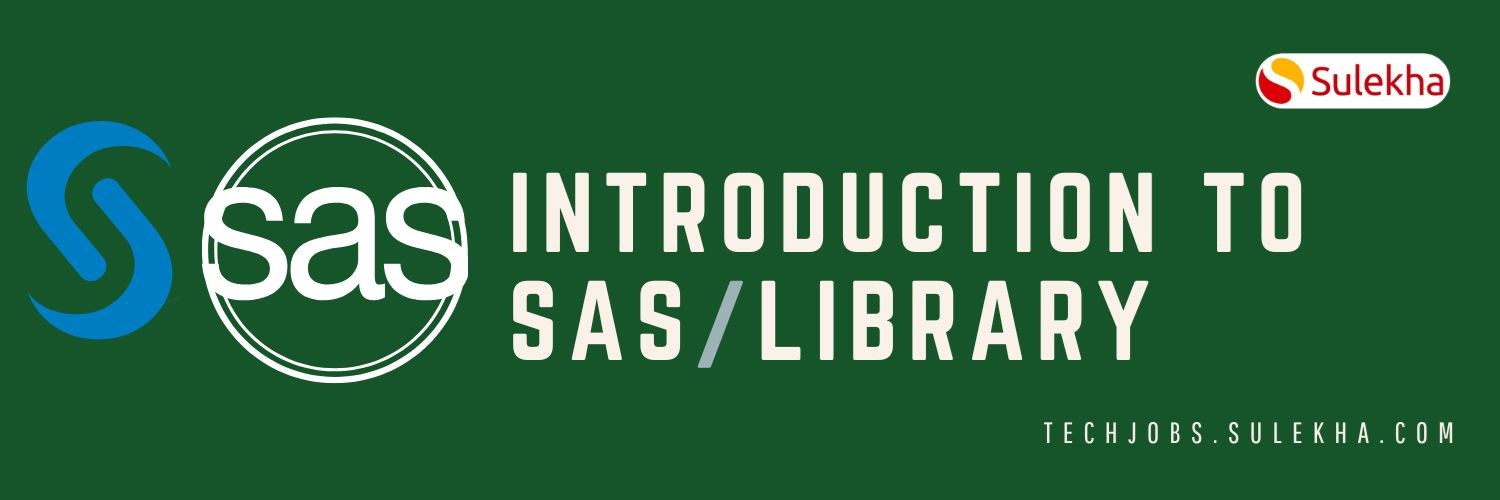
Introduction to SAS/Library
In this blog, we shall discuss introduction to SAS and its library in detail
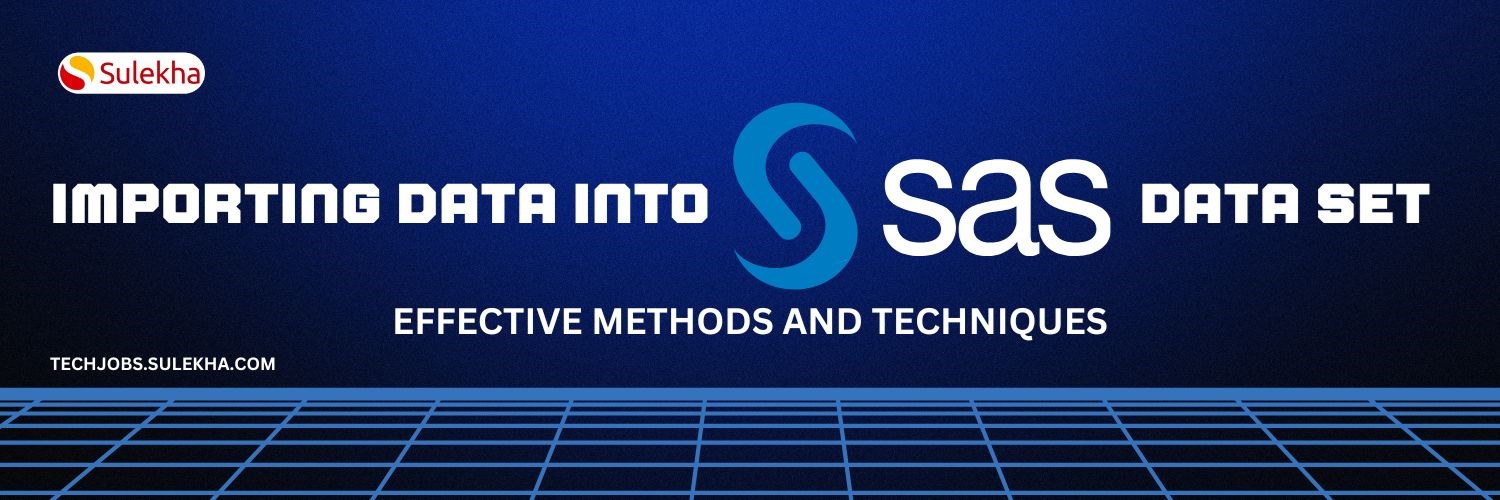
Importing Data into a SAS Data Set: Effective Methods and Techniques
we have discussed how to import data into SAS data set, best practices for data reading in SAS, and how to create a dataset

Comprehensive Guide to SAS Functions
Learn how to leverage SAS functions to streamline your data analysis and understand the features of SAS functions.

INTRODUCTION TO SAS
We have discussed What is SAS, variables in SAS, six attributes of SAS stores and many other unique concepts of SAS.

SAS to help British Forces to hunt down Nazi Criminals!
As the SAS empowers the professionals to accomplish various success, it has also revealed it’s to open the secrets and postwar exploits helping the government to hunt down the Nazi crime people.

SAS Factory Miner will take your business analysis to next level!
SAS gained significant reach across the globe by providing a reliable platform for advanced statistical analytics. As the more and more organizations grow their need to acquire analytical software, SAS skills

Welcome SAS Factory Miner which takes your business analysis to next level!
SAS gained significant reach across the globe by providing a reliable platform for advanced statistical analytics. As the more and more organizations grow their need to acquire analytical software, SAS
Latest blogs on technology to explore

From Student to AI Pro: What Does Prompt Engineering Entail and How Do You Start?
Explore the growing field of prompt engineering, a vital skill for AI enthusiasts. Learn how to craft optimized prompts for tools like ChatGPT and Gemini, and discover the career opportunities and skills needed to succeed in this fast-evolving indust

How Security Classification Guides Strengthen Data Protection in Modern Cybersecurity
A Security Classification Guide (SCG) defines data protection standards, ensuring sensitive information is handled securely across all levels. By outlining confidentiality, access controls, and declassification procedures, SCGs strengthen cybersecuri

Artificial Intelligence – A Growing Field of Study for Modern Learners
Artificial Intelligence is becoming a top study choice due to high job demand and future scope. This blog explains key subjects, career opportunities, and a simple AI study roadmap to help beginners start learning and build a strong career in the AI

Java in 2026: Why This ‘Old’ Language Is Still Your Golden Ticket to a Tech Career (And Where to Learn It!
Think Java is old news? Think again! 90% of Fortune 500 companies (yes, including Google, Amazon, and Netflix) run on Java (Oracle, 2025). From Android apps to banking systems, Java is the backbone of tech—and Sulekha IT Services is your fast track t

From Student to AI Pro: What Does Prompt Engineering Entail and How Do You Start?
Learn what prompt engineering is, why it matters, and how students and professionals can start mastering AI tools like ChatGPT, Gemini, and Copilot.

Cyber Security in 2025: The Golden Ticket to a Future-Proof Career
Cyber security jobs are growing 35% faster than any other tech field (U.S. Bureau of Labor Statistics, 2024)—and the average salary is $100,000+ per year! In a world where data breaches cost businesses $4.45 million on average (IBM, 2024), cyber secu

SAP SD in 2025: Your Ticket to a High-Flying IT Career
In the fast-paced world of IT and enterprise software, SAP SD (Sales and Distribution) is the secret sauce that keeps businesses running smoothly. Whether it’s managing customer orders, pricing, shipping, or billing, SAP SD is the backbone of sales o

SAP FICO in 2025: Salary, Jobs & How to Get Certified
AP FICO professionals earn $90,000–$130,000/year in the USA and Canada—and demand is skyrocketing! If you’re eyeing a future-proof IT career, SAP FICO (Financial Accounting & Controlling) is your golden ticket. But where do you start? Sulekha IT Serv

Train Like an AI Engineer: The Smartest Career Move You’ll Make This Year!
Why AI Engineering Is the Hottest Skillset Right Now From self-driving cars to chatbots that sound eerily human, Artificial Intelligence is no longer science fiction — it’s the backbone of modern tech. And guess what? Companies across the USA and Can
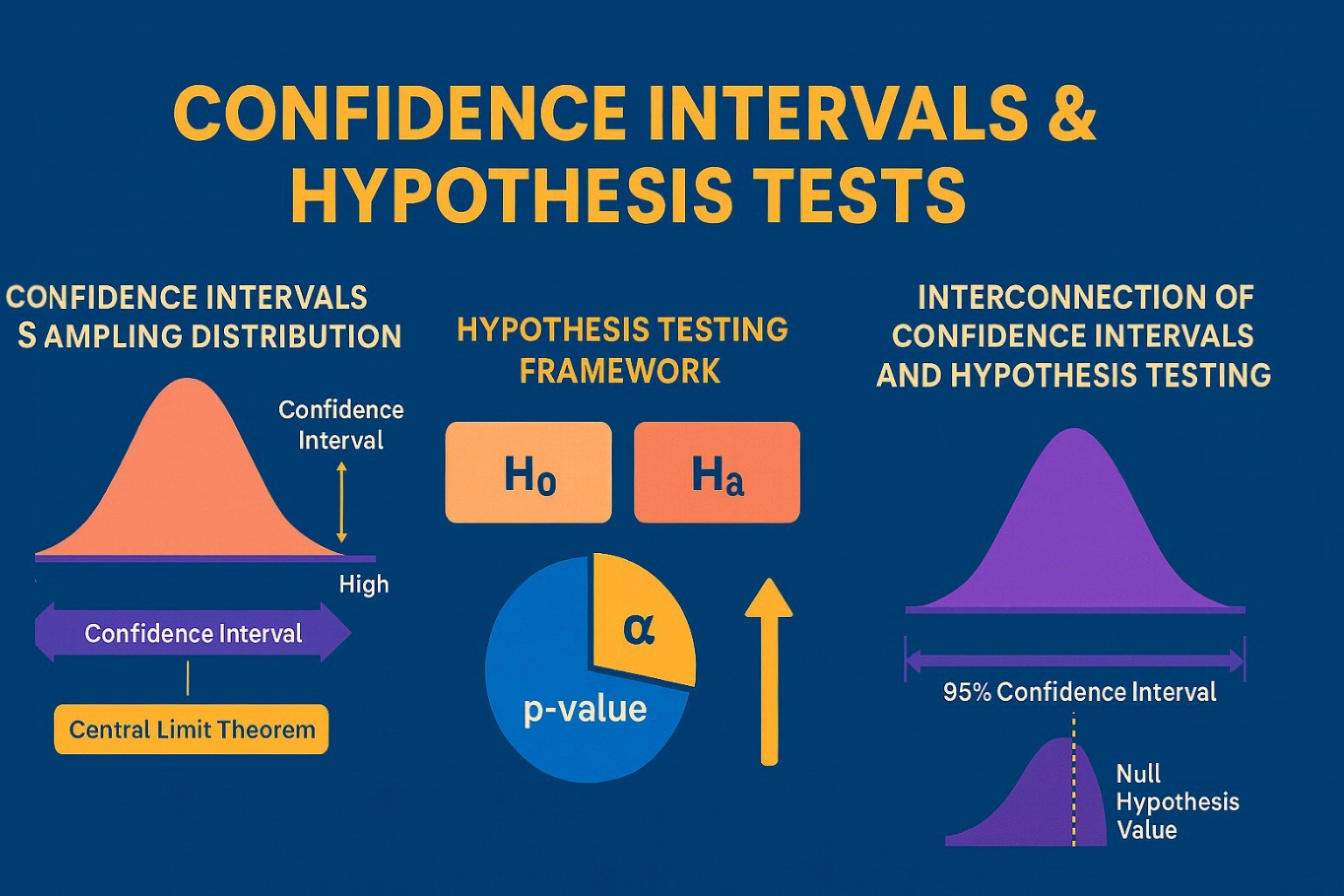
Confidence Intervals & Hypothesis Tests: The Data Science Path to Generalization
Learn how confidence intervals and hypothesis tests turn sample data into reliable population insights in data science. Understand CLT, p-values, and significance to generalize results, quantify uncertainty, and make evidence-based decisions.